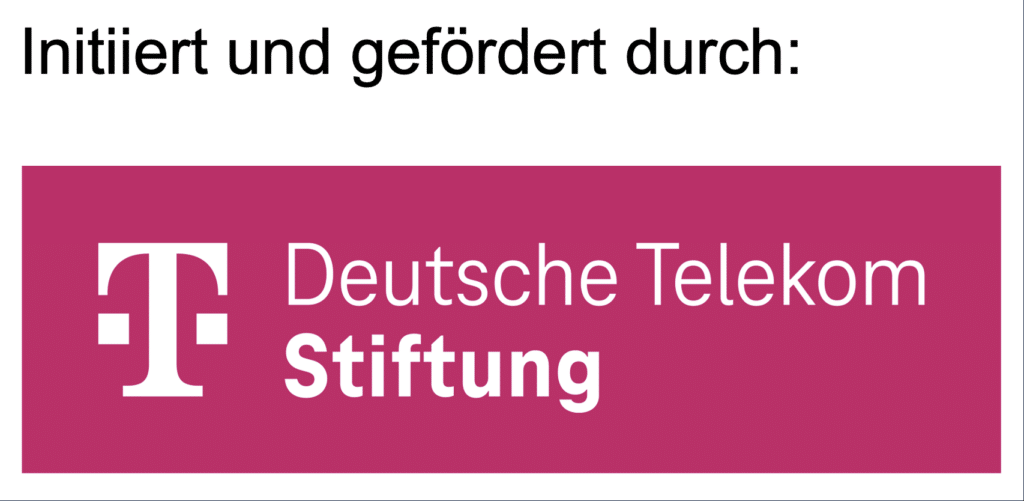Here you will find information on the Professional Development Course for Teachers "data awareness".
Target Group and Requirements
The course is aimed at teachers at lower secondary level who have already obtained a teaching qualification for lower secondary level and who teach or wish to teach computer science at lower secondary level. It is aimed at teachers who would like to include data science, aspects of machine learning and artificial intelligence and data awareness in their compulsory elective computer science lessons in grades 8 to 10 with the aim of enabling pupils to deal with data-driven applications in their everyday lives in a self-determined manner.
No knowledge is required. Jupyter notebooks are used in the professional development course, for which basic knowledge of Jupyter notebooks is recommended.
Contents
Notes
The professional development courses are scientifically monitored by the University of Paderborn in order to optimize the materials and the design of the professional development courses to suit the target group. This is dependent on the active cooperation of all participants.
Preliminary remark
The materials presented in the professional development course are compatible with the current curriculum. Tried and tested teaching units and materials will be presented that have been jointly developed by experienced computer science teachers from the Arnsberg, Detmold and Münster districts and staff from the ProDaBi project at Paderborn University.
Contents
This professional development module focuses on two teaching units on the topic of data awareness. The aim is to raise awareness of the role of data in everyday interactions with data-driven technologies and applications and to empower students to collect and process data using these technologies and applications in their own everyday lives. In addition to data collection and processing, interactions between data-driven technologies and applications and the individual as well as society are considered. In this way, we combine different areas of computer science education. Although the two teaching units can be used separately, a direct sequence is recommended.
Teaching unit - Part 1: The first, shorter teaching unit includes an investigation into the collection and processing of personal data when using the mobile phone network. Among other things, real location data from the mobile network is explored in order to construct a profile of a person unknown to the pupils. The pupils use a prepared Jupyter notebook for this purpose. In addition, the findings from the investigation of this example are transferred to other examples from the pupils' everyday lives in which location data is collected and processed. This first teaching unit comprises 4 to 6 lessons.
Teaching unit - Part 2: In the second teaching unit, the collection and processing of personal data by a streaming service is examined in order to determine personalized recommendations for streaming content. To this end, the pupils reconstruct the structure and functionality of recommendation services, using the context of a streaming service for films and series, where personalized film recommendations are to be made, as an example. Most of this work on recommendation services takes place in a prepared Jupyter notebook, in which a prepared recommendation service processes real rating data for personalized recommendations. The findings on the collection and processing of data by recommendation services are then applied to other applications from the pupils' everyday lives in which recommendation services are used. The benefits and risks of recommendation services and their collection and processing of personal data are reflected upon. This second teaching unit comprises around 8 lessons.
Topics
- The concept of data awareness
- Introduction to recommendation services and their various types (especially collaborative filtering) as well as data collection and processing using the example of streaming services
- Introduction to the structure and functioning of the mobile network and the collection and processing of data (especially location data)
- Introduction to the prepared Jupyter notebooks
- Presentation of the two lesson series and discussion of adaptation possibilities, learning potentials and learning hurdles
Material
The slides and other materials for professional development will be published here soon.
News
New training course "Data detectives at work" starts on 13.12.2023
Der nächste Durchgang der Fortbildung “Datendetekiv*innen bei der Arbeit – Data Science und künstliche Intelligenz (ohne Programmieren)” findet als zweitägige Lehrkräftefortbildung statt am 13.12.2023 und



